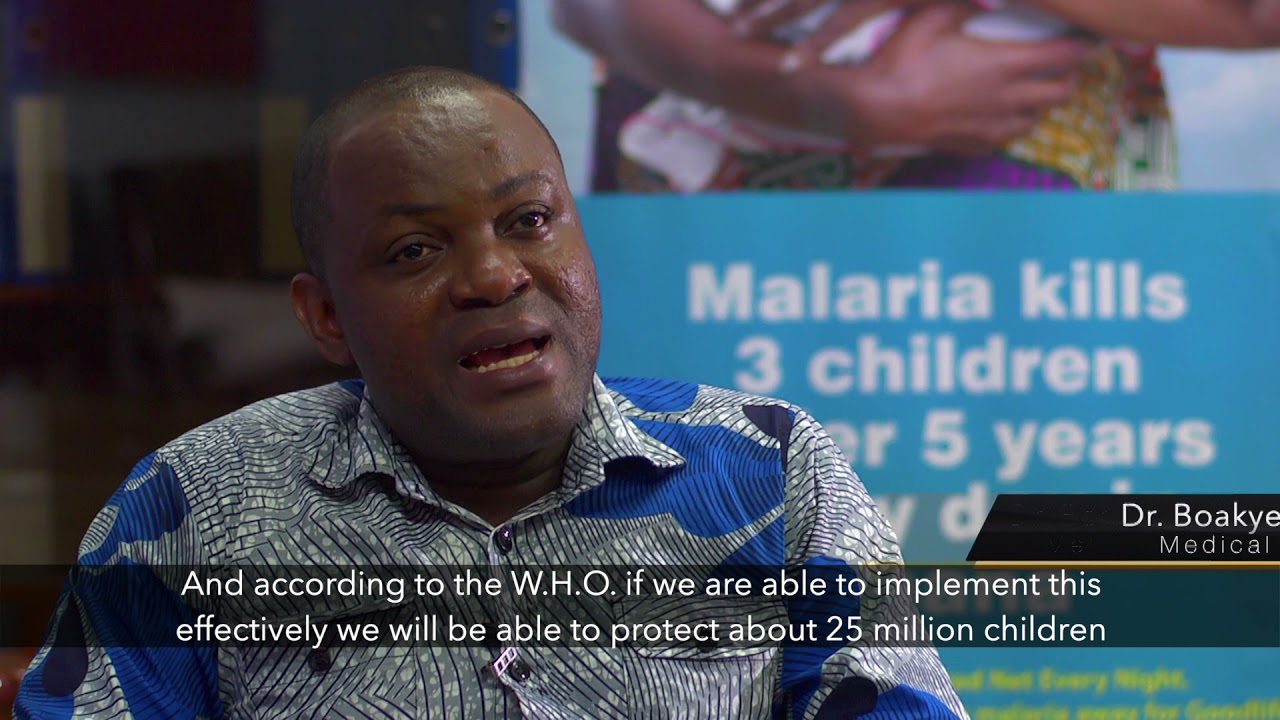Last Updated: 22/07/2024
Improving vitamin A coverage through co-implementation with seasonal malaria chemoprevention: Applying an effective, integrated health campaign in Nigeria
Objectives
- To design and implement in collaboration with key stakeholders, an integrated seasonal malaria chemoprevention (SMC) plus vitamin A supplementation (VAS) campaign at scale and in diverse settings (rural and urban) in Bauchi state as part of the existing SMC program.
- To assess the feasibility (including effectiveness, equity, efficiency, safety and cost) and acceptability of integrating VAS with SMC among caregivers, CDDs and health workers as well as policy makers.
- To develop and implement a research uptake plan
- To provide policy makers and stakeholders with a body of evidence to inform decision about integrated SMC and VAS in Nigeria
About 190 million children under five are affected by vitamin A deficiency (VAD) globally while in Nigeria, the prevalence of VAD among children under-5 was estimated to be about 30% – a “severe public health problem”. VAD is considered a major risk factor for child survival as children with clinical signs of vitamin A deficiency are 3-12 times more likely to die than those non-deficient. High-dose vitamin A supplementation (VAS) delivered twice per year is a proven low-cost intervention which can reduce all-cause mortality in children by 24%. Consequently, WHO has recommended bi-annual high-dose VAS given every 4-6 months to children aged 6-59 months who are at risk of VAD.
An implementation research study using a convergent mixed methods approach to test the integration of VAS with an SMC program on a larger scale, providing information to fill knowledge gaps and provide pragmatic evidence that can be used to inform policy adoption and subsequent scale-up or expansion.
Apr 2021 — Jun 2022
$150,000

